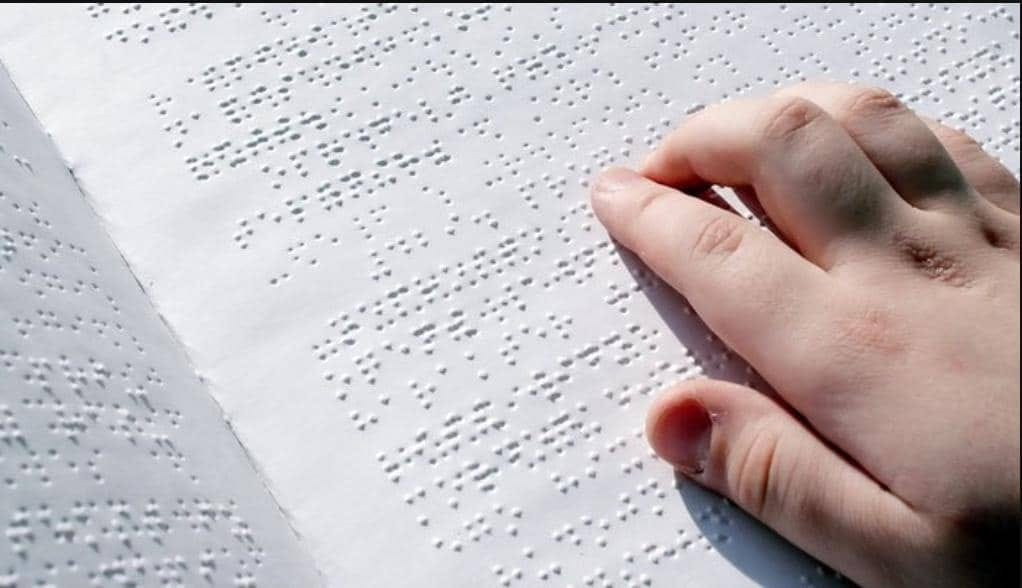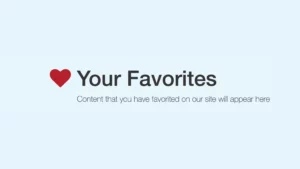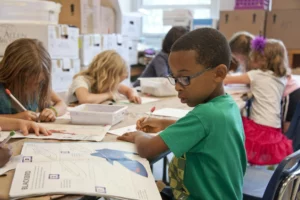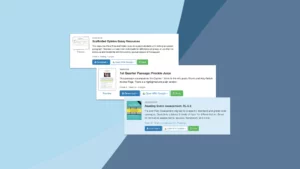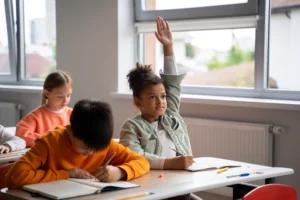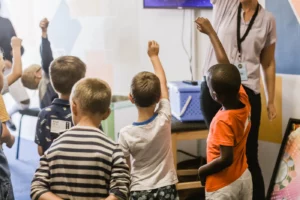We strive to support teachers who serve a truly diverse student population, which includes students who have visual impairments. For that reason, we’ve released 16 content pages for braille.
These content pages build upon the original Blind/Visual Impairment release which focused on technology and self-advocacy by naturally progressing to academic skills. The academic areas that are covered by this release are below:
- Tactile Readiness: concerned with identifying, differentiating, and describing textures
- Uncontracted Braille: concerned with reading and writing the 26 letters of the alphabet in braille
- Reading Braille: concerned with braille mechanics and building fluency
- Writing Braille: concerned with functionality and usage of the Perkins Brailler
A Literacy Crisis That Impacts Long-Term Outcomes
According to the National Braille Press, research shows that braille literacy directly correlates with academic achievement and employment.
Of the 26% of blind people who are employed, the majority of them are braille readers. The correlation is clear — braille is an extremely important tool for blind people to become literate, and it is a critical component that supports educational advancement and increases employment prospects.
-NBP
Children who are blind or visually impaired who learn to read and write braille find more success, independence, and productivity. Braille impacts the brain in the same way that learning to read and write does for children without visual impairments. It increases neuroplasticity, improves one’s ability to reason and comprehend at the deepest levels, and enhances one’s ability to communicate effectively.
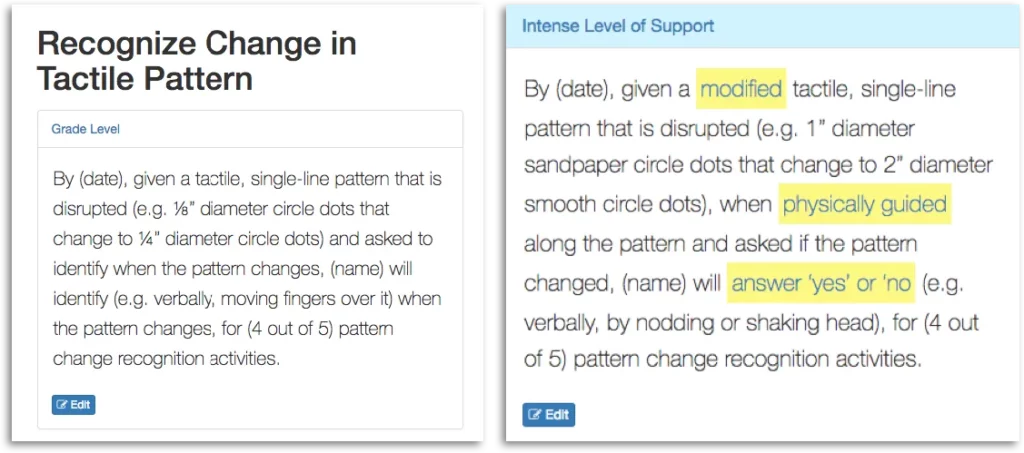
It is critically important that we are giving students who are blind or visually impaired the skills they need to achieve their fullest potential.
Equipping All Teachers to Support All Students
General education teachers and most special educators rarely receive formal training on the specific supports that students with severe visual impairments need in order to be successful—this is doubly true for supporting students with braille acquisition. Related service providers are typically responsible for supporting a classroom teacher with visual impairment supports. However, the opportunity for them to collaborate with teachers is limited.
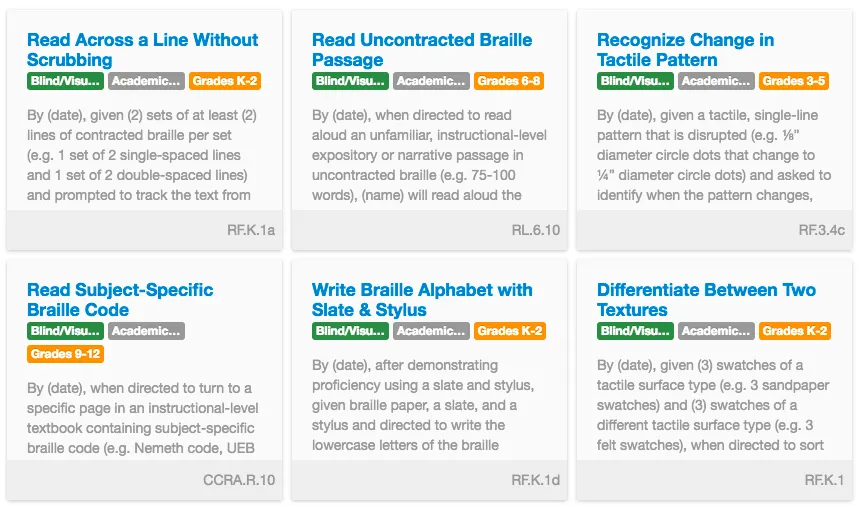
In addition to difficulties with collaboration, technological advancements for the visually impaired are being used to replace braille instruction rather than enhance it. Our goal with these pages is for teachers to walk away with the confidence that our content is rich, robust, and accessible enough to give them enough confidence and context to bridge the support gaps connected to braille instruction.
— — —
